Examples of motion photos for readers challenge
The subject for the latest Readers Photo Challenge will really get you on the move. It’s motion. Anything or anyone that’s moving is fair game.
There are three paths you can take to capture action in your photos. Here are a few tips.
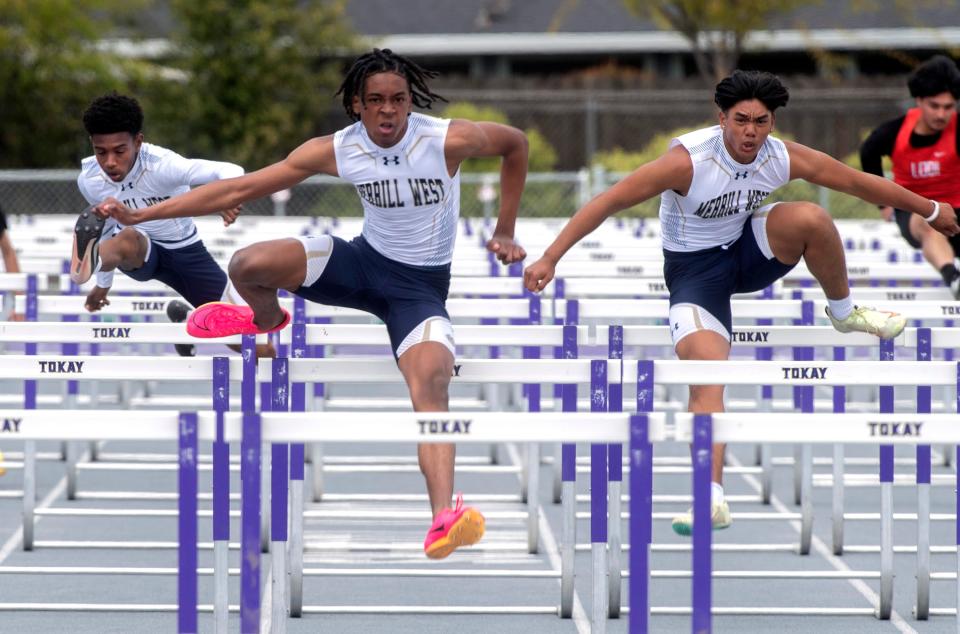
Frozen in time
The first is to stop or freeze the motion.
Using a fast shutter speed (1/500th of a second or faster), you can stop almost any kind of action. This works from little league to professional sports. Your subjects will look like they are suspended in time, which is what they exactly are. Their images are caught in just a mere fraction of a second.
The trick is to get them at the right fraction.
Sports photographers call this “peak action.” It takes timing practice to get whatever you're shooting at its peak effort. The frames just before and after that moment may look ordinary or even boring, but there’s nothing more satisfying than to get that peak shot.
The downside to a fast shutter speed that the motion may be so frozen, you subject may look like it’s standing still.
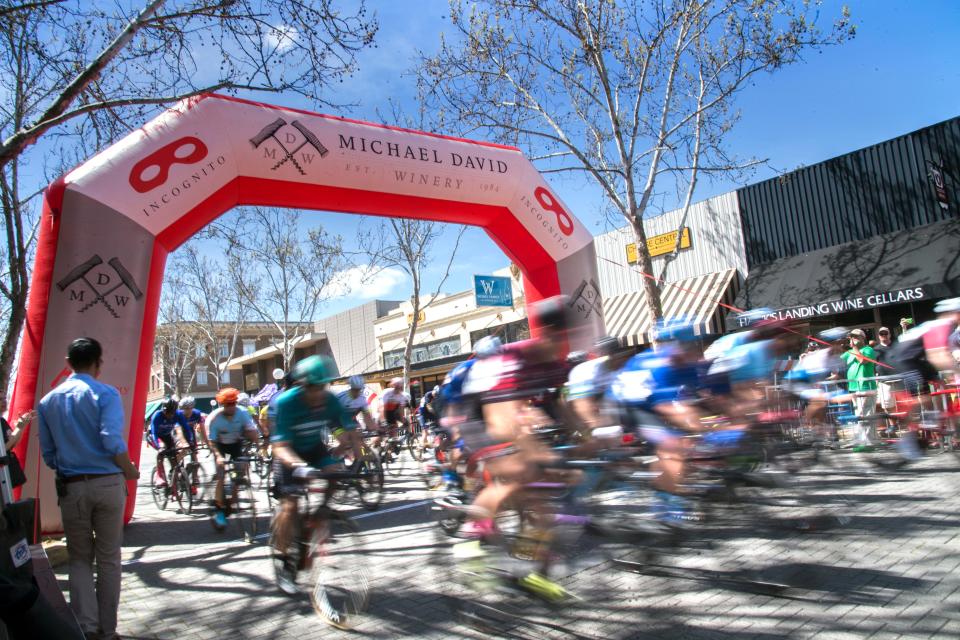
Let it move
Most photography concerns itself with sharp photos, but one way to show movement is to embrace the blur.
Using a slow shutter speed (1/125th second or slower, depending on how fast your subject is moving), you can sometimes convey the sense of motion better than freezing the action.
Now your subjects may not be 100% recognizable but that’s not the point.
You can sacrifice some accuracy to let the blurriness of the image convey the sense of movement and action. A good practice is to try to get something in the frame that’s sharp. That usually means something in the background that isn’t moving.
This emphasizes the blurred motion even more.
If a shutter speed is too slow you can get what’s called “camera shake.” The movement of the camera itself can cause everything to become shaky and blurry. To avoid this use something, like a tripod, to hold the camera still.
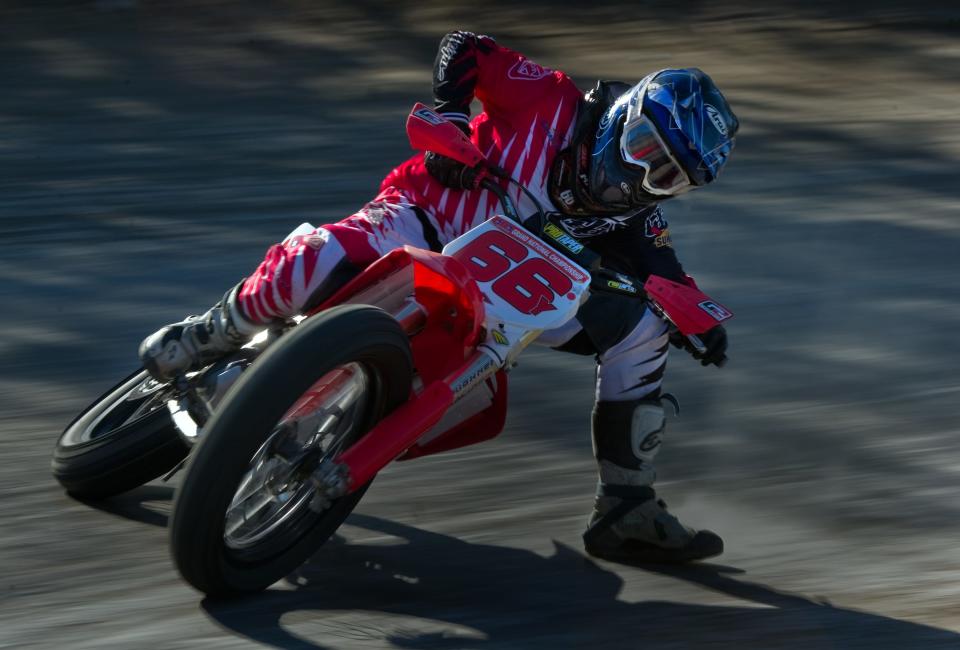

The combo mambo
The technique of panning combines the best of both worlds.
While using a slow shutter speed you can capture a subject in motion by moving or panning your camera along with the action. This allows for dynamic movement in your image and sharpness at the same time.
A runner, for example, could have their arms and legs blurred along with the background while having their face still sharp and recognizable.
The man drawback to this method is that it takes a lot of practice to get right, much more so that the other two techniques combined. Even those who are experienced it may only get one shot in 10.
It's a choreographed dance between using the right shutter speed and carefully moving the camera in time with the subject. You need to experiment then practice, practice, practice and then still shoot a lot to make sure you get a good image.
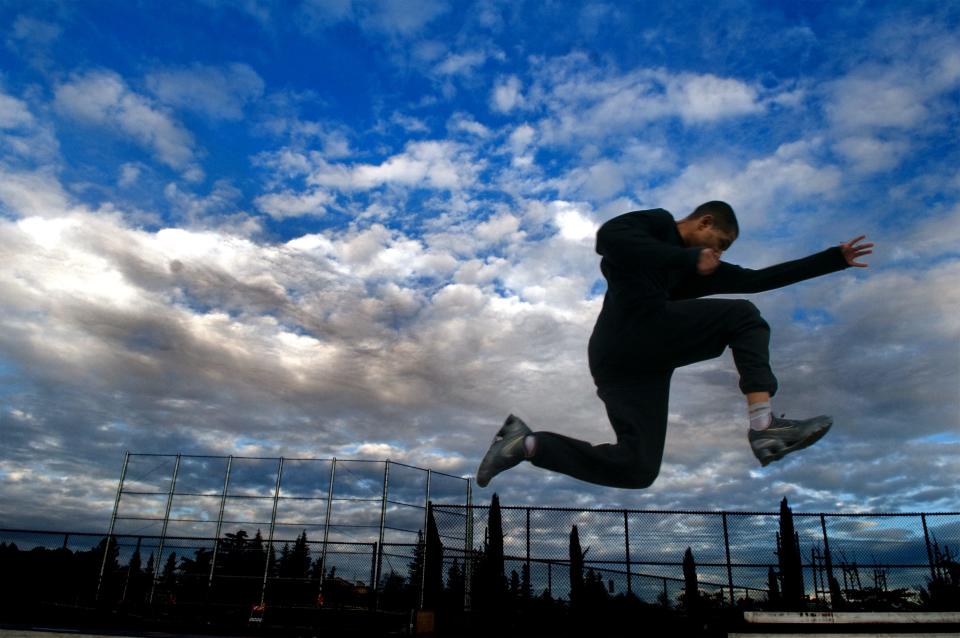
If it moves, shoot it
What you shoot is limited to anything in motion.
Sporting events are good opportunities to get an action shot. Any kind of vehicle, from cars, trains, bikes, etc., are also acceptable. Children and pets can have a lot of irrepressible energy. Getting photos of them at a park or even in your backyard should be relatively easy. You can plan it or have your camera at hand and get your shot on the go.
Ready? Get set. Go!
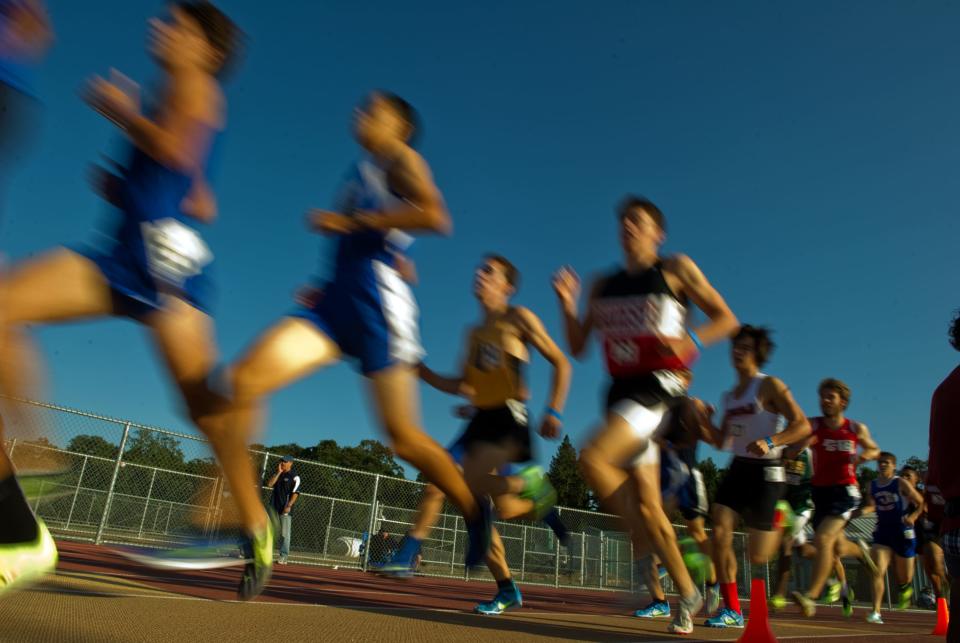
How to enter:
1. Photos have to be taken between Apr. 30 and May. 14.
2. Include your name (first and last), hometown, the kind of device you used and where it was taken (eg.: John Doe of Stockton, Canon 5D Mk III. Oak Park, Stockton).
3. If there is a recognizable person or persons in the photo please identify them (name, age, hometown) and describe what is going on in the photo. Please indicate if and how they are related to you (friend, mother, father, daughter, son, etc). For example: “My son John Jr. rides his bike at Victory Park in Stockton.”
4. Please feel free to include any interesting anecdotes or stories on how you took the picture.
5. The number of photos is limited to 10.
6. Entries can be emailed to coto@recordnet.com. The preferred format is jpeg. Type “Action” in the subject line.
7. The deadline for submission is May 14. Top picks will be published in the May. 21 Record. An online gallery of all the photos on the same day at recordnet.com.
8. First, second and third top picks will receive 16x20, 11x14 and 8x10 prints, respectively, by UlmerPhoto in Stockton. Additionally, first place will receive a $25 gift card to a local restaurant.
This article originally appeared on The Record: Photo Challenge: Ready for action. Examples of action/motion photos

